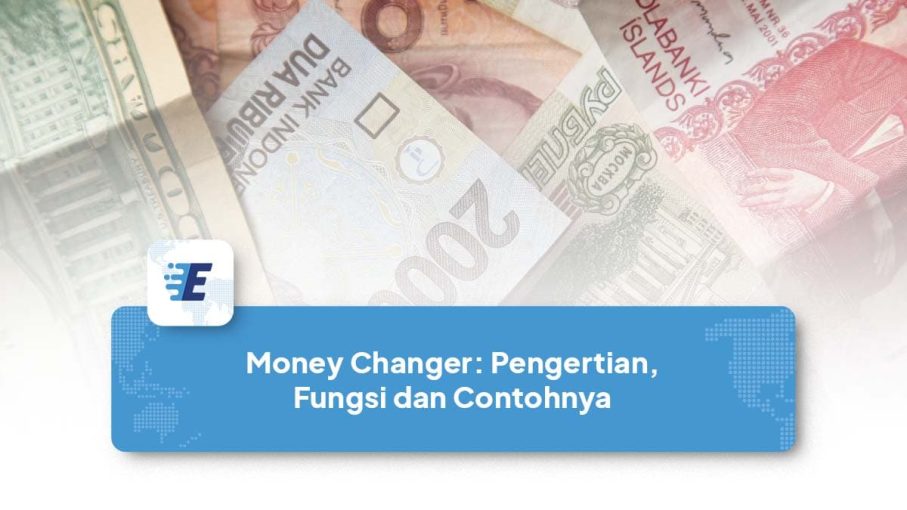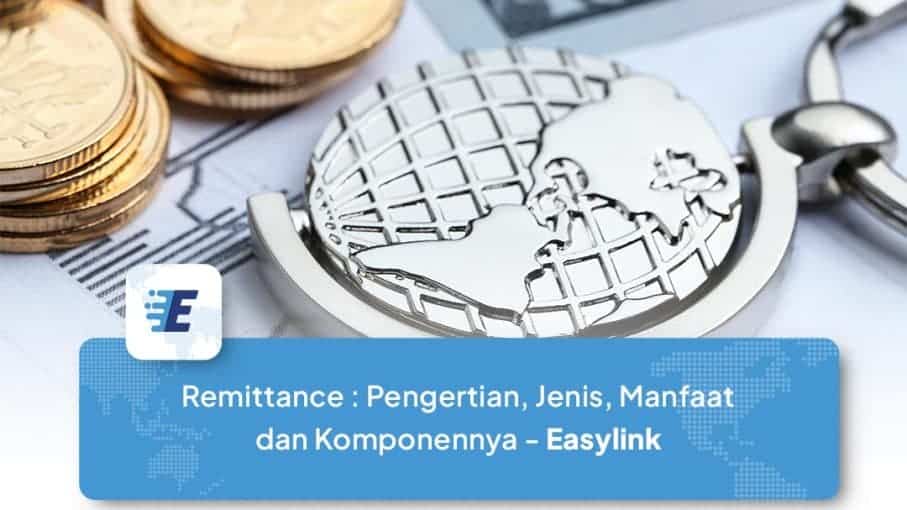Last updated on October 1st, 2025 at 02:22 pm
A money changer is a place that provides currency trading services, although the concept is different from the forex system.
When you want to travel abroad or vice versa, you need to exchange their currency after arriving in the destination country, and the place to do that is usually at the airport, terminal, or shopping center.
The exchange rate between currencies can vary. For example, one US Dollar might be equivalent to IDR 14,000. These differences in exchange rates are influenced by international market mechanisms.
What Is a Money Changer?
List of contents
The term money changer may already be familiar. A money changer is a place where currencies can be exchanged. These services are essential for individuals planning to travel abroad, and money changers are typically found in airports, terminals, and shopping centers.
A money changer functions as a location for exchanging money for people who are about to travel overseas. At a money changer, you can convert Indonesian Rupiah (IDR) into the currency of your destination country, or vice versa. This process is often an essential step before starting any international journey.
Read Also: How to Transfer Money Abroad Easily
It is important to note that the value of the Rupiah is different from other foreign currencies. Therefore, before leaving for abroad, it is advisable to prepare a sufficient amount of Rupiah according to your needs, which can later be exchanged at money changer.
Difference Between a Money Changer and Forex Trading
In short, a money changer deals with the physical exchange of currency, whereas forex trading does not involve physical money. Unlike money changers, forex trading is done online through digital platforms, allowing you to trade without needing actual banknotes.
Another difference is in the types of currencies involved. In forex trading, only certain currencies—typically from economically stable countries—are traded, such as the US Dollar (USD), Japanese Yen (JPY), and Euro (EUR).
Meanwhile, money changers can handle a broader range of currencies, depending on demand.
Difference Between a Money Changer and Remittance Services
Money changers and remittance services are two distinct financial services, each with specific goals and functions.
A money changer focuses on the physical or electronic exchange of one currency for another, usually for personal or travel-related purposes.
A remittance service, on the other hand, is designed to send money from one place to another, often to support family members or fulfill financial obligations in another country.
Read Also: Anti Money Laundering (AML): What It Is and How It Works
Remittances are processed through banks or financial institutions, facilitating cross-border fund transfers.
While both services involve currency movement, their contexts and objectives are different—money changers are geared toward travel and purchases, while remittances are for supporting daily living and obligations abroad.
Types of Money Changers
For those planning to convert Rupiah into foreign currency, it’s important to know the different types of money changers:
1. Small-Scale Money Changers
These handle smaller amounts, ranging from IDR 1 million to IDR 100 million. They are commonly found in various public locations.
2. Medium-Scale Money Changers
These can process larger transactions and are often used by small and medium business owners.
3. Large-Scale Money Changers
These institutions handle very large transactions, such as conversions involving billions of Rupiah. They often offer the most favorable exchange rates and are commonly used by businesses or individuals with high-volume needs.
Read Also: Mobile Banking: Definition, Features and How it Works
Important Information About Money Changers
Here are a few essential things to understand when using money changer services:
1. Understanding Exchange Rates
Foreign is the value of one country’s currency measured against another. There are two types:
Selling rate: Used when you want to buy foreign currency (converting Rupiah to another currency). Buying rate: Used when you want to sell foreign currency (converting a foreign currency into Rupiah).
2. Currency Exchange Calculation Examples
If you want to sell USD 50 and the buying rate is IDR 14,279.25, the calculation would be:
- USD 50 x IDR 14,279.25 = IDR 713,962.50
- On the other hand, if you want to buy 50 US dollars, you can use the following formula:
- Selling price x amount of dollars you want to buy: Rp14,422.76 x US$20 = Rp721,138
Money Changer Example
When choosing a money changer, it is important to remain vigilant considering the many scams that may occur. Here are some recommendations for trusted money changers:
1. VIP Money Changer and Remittance
Located in Menteng area, this money changer is known as one of the best and biggest places to exchange currency in Jakarta. In addition to providing large currency exchange services, VIP Money Changer is also known for its best exchange rates.
2. Two Sides of Money Changer
Money changer ini dapat ditemui di Plaza Indonesia, Grand Indonesia, Plaza Senayan, dan lokasi lainnya. Beroperasi sejak 1994, Dua Sisi Money Changer terkenal untuk pertukaran mata uang, baik untuk pembelian oleh-oleh maupun perjalanan ke luar negeri.
3. Money Changer Pin
Established since 1997, Peniti Money Changer has branches in Kebon Sirih and Kelapa Gading. This place is reliable for exchanging currency and has a good reputation in foreign trade.
4. Dolarindo Money Changer and Remittance
Dolarindo Money Changer and Remittance is another option to consider. With official permission from Bank Indonesia and 24-hour service, Dolarindo provides a guarantee of security in foreign currency exchange.
How to Exchange Money at a Money Changer
After preparing your personal data and the currency to be exchanged, you can exchange foreign currency at a money changer with the following steps:
- Find out about the exchange rate of the currency you want to exchange. Then, visit the nearest money changer in your location and take a queue number to the teller and follow the instructions given to wait for your turn.
- Once it is your turn, tell the teller that you want to exchange currency. The teller will calculate the exchange rate for the currency you wish to exchange and will tell you the amount of your exchange value.
- If you agree with the amount, the teller will ask you to fill out a money exchange form.
- After that, fill out the form clearly and completely.
- Give your ID card to the teller for verification.
- Give the money you want to exchange to the teller. Then, the teller will give you the amount of foreign currency according to what you want to exchange.
- Recalculate the amount of money you received from the teller.
- After all the processes are completed, the teller will return your ID card along with the money exchange receipt and keep the receipt as proof of the transaction.
Read Also: Comprehensive List of World Currency Names
Conclusion
After knowing the difference between money changer and remittance, you now have a deeper understanding of these two financial services. Money changer, as a currency exchange service, focuses on overseas travel or purchasing needs, while remittance is specifically designed to transfer funds elsewhere, often to support family back home.
Not only that, money changers also come in various types, from those serving small denominations to those handling large-scale transactions. With this understanding, we can choose a service that suits our needs and supports the smooth running of our financial activities.




